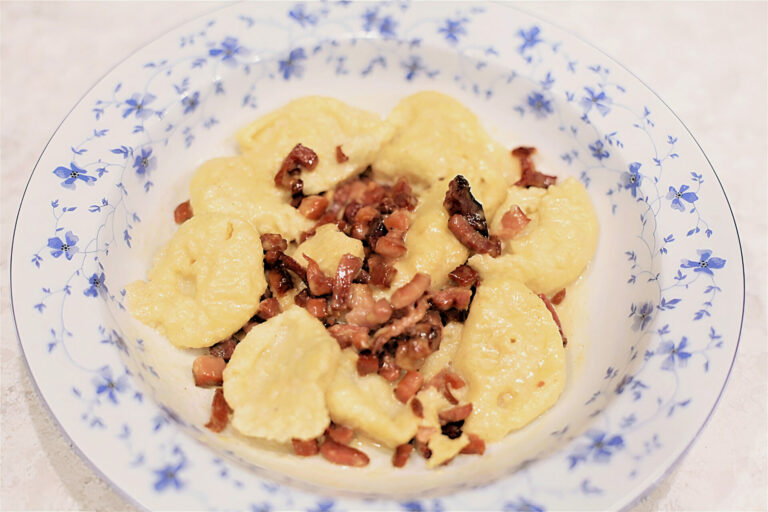Introduction: Exploring Luxembourgish Cuisine
Luxembourgish cuisine is a melting pot of different cultural influences, which makes it an interesting and unique culinary experience. As a small country in the heart of Europe, Luxembourg has been influenced by the cuisine of its neighboring countries, as well as other cultures that have left their mark on the country throughout its history. Luxembourgish cuisine is characterized by its hearty, rustic dishes, which are often made with local ingredients and traditional cooking methods.
Historical Context: Understanding Cultural Influences
Luxembourgish cuisine has been influenced by the country’s history as a crossroads of different cultures. The country’s location in the heart of Europe has meant that it has been subject to various waves of immigration and conquest over the centuries. The Romans, for example, introduced wine cultivation to the region, while the Franks brought beer brewing. Later, during the Middle Ages, the country was ruled by various European powers, including the Burgundians, Spanish, and Austrians, all of whom left their mark on the country’s cuisine.
The Influence of Neighboring Countries on Cuisine
Luxembourg is surrounded by France, Belgium, and Germany, and these countries have had a significant influence on Luxembourgish cuisine. Many traditional Luxembourgish dishes have French or German origins, while Belgian influences can also be seen in the country’s beer culture. The French influence is particularly strong in the south of the country, where dishes like Coq au Vin and Beef Bourguignon are popular. Meanwhile, German cuisine has had an impact on the country’s sausages and meat dishes, as well as its love of potatoes.
Traditional Luxembourgish Dishes and Their Origins
Some of the most popular traditional dishes in Luxembourg include Judd mat Gaardebounen (smoked pork with beans), Kniddelen (potato dumplings), and Bouneschlupp (green bean soup). These dishes are often made with local, seasonal ingredients and reflect the country’s farming heritage. Many traditional dishes also have German or French origins, such as Quenelle (a dish of poached fish or meat dumplings) and Kachkéis (a cheese spread).
Culinary Customs and Practices in Luxembourgish Culture
Luxembourgish culture places a strong emphasis on food and drink, with mealtimes being an important social occasion. Family meals are typically eaten together at the table, with a range of dishes served family-style. Luxembourgish cuisine also places a strong emphasis on local, seasonal ingredients, with many families growing their own produce or buying from local markets. Meanwhile, Luxembourgish beer culture is also an important part of the country’s culinary traditions, with many local breweries producing a range of different beers.
Conclusion: Traces of Luxembourgish Culture in Cuisine
Luxembourgish cuisine is a fascinating mix of different cultural influences, reflecting the country’s history as a crossroads of different cultures. Its hearty, rustic dishes are made with local, seasonal ingredients and reflect the country’s farming heritage. The influences of neighboring countries like France, Belgium, and Germany can be seen in many traditional dishes, while Luxembourgish beer culture is also an important part of the country’s culinary traditions. Overall, Luxembourgish cuisine is a unique and fascinating culinary experience that is well worth exploring.

